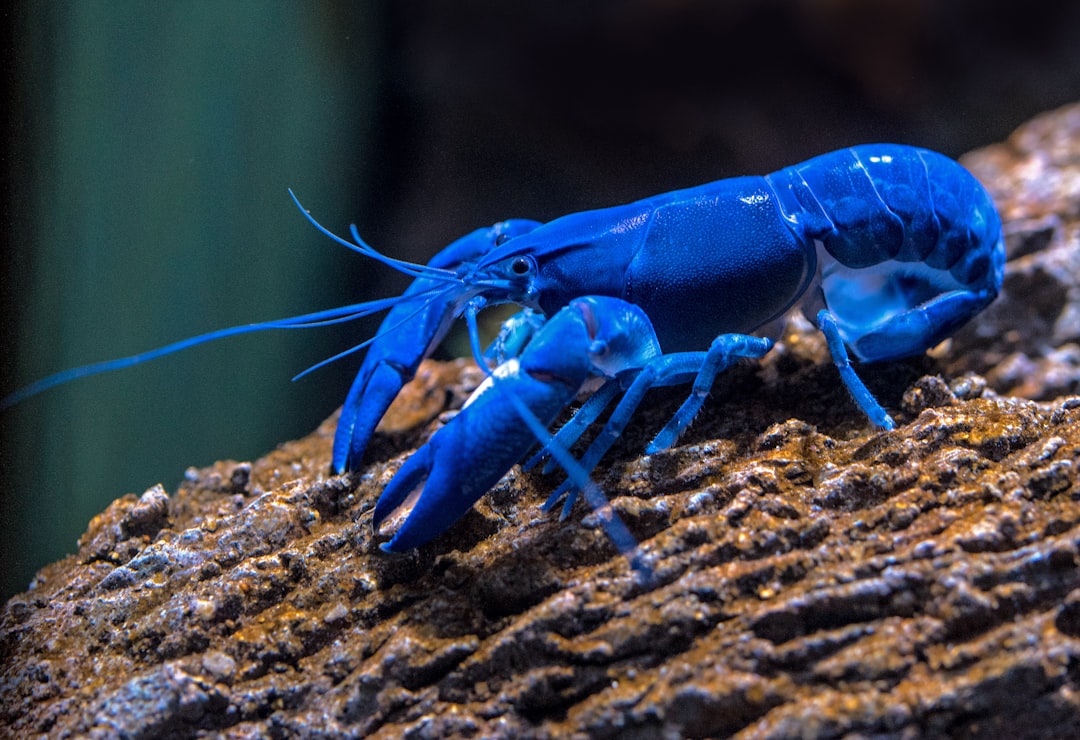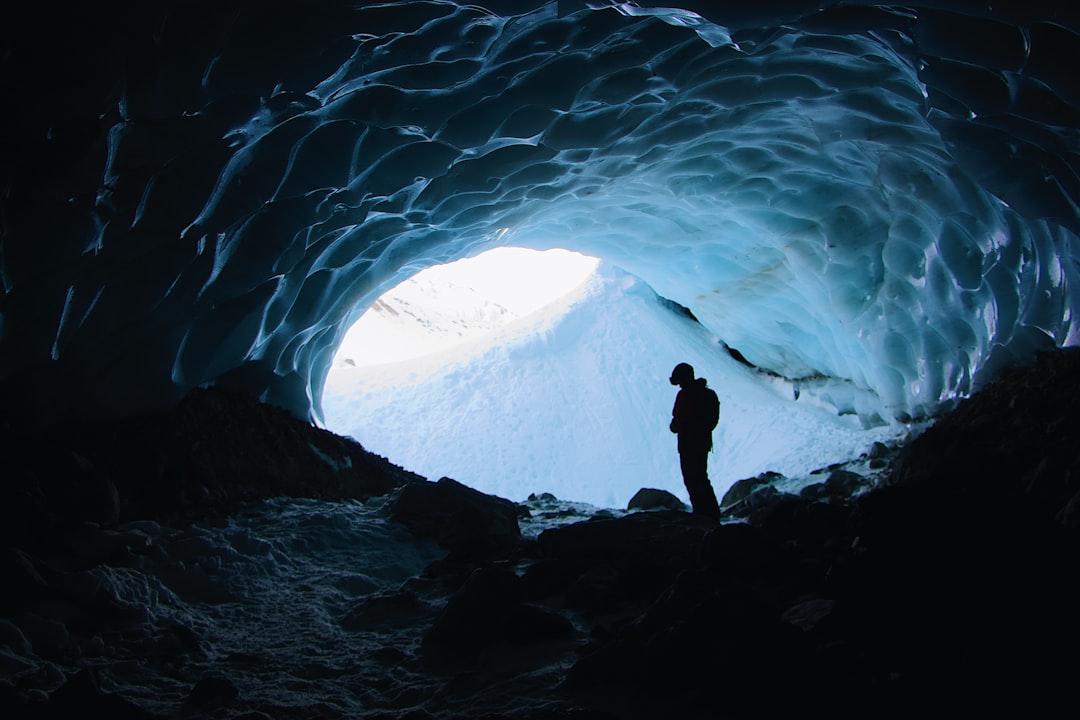What is it about?
Allometric models allow us to reconstruct the body mass of extinct species. Body mass has a meaningful role in the biology of species because it is tightly correlated with physiological, behavioral or life history traits. We offer allometric models carried out with teeth, cranial and postcranial measurements for estimating the weight of extinct species with fossil remains. We estimated the weight of Canariomys bravoi, Canariomys tamarani, Hypnomys morpheus, Hypnomys onicensis, and Muscardinus cyclopeus. It is observed that the island area may have a key role in determining the gigantism degree.
Featured Image
Why is it important?
This article is the first in carrying out allometric models with postcranial material. Before, all the researches focused in estimating the weight of extinct rodents are done with teeth, elements less related with the body mass than postcranial bones. For the first time, the weight of some insular species of rodents is predicted.
Perspectives
Insular dwellers are interesting for their gigantism pattern, but, which are the ecological pressures that determine its shift in size? Probably, island area (resources), presence and absence of competitors or predators, distance to the mainland, and other traits have play a key role. Only the extinct faunas of island ecosystems can shed light on this field.
PhD Blanca Moncunill-Solé
Universidade da Coruna
Read the Original
This page is a summary of: How large are the extinct giant insular rodents? New body mass estimations from teeth and bones, Integrative Zoology, March 2014, Wiley,
DOI: 10.1111/1749-4877.12063.
You can read the full text:
Contributors
The following have contributed to this page










